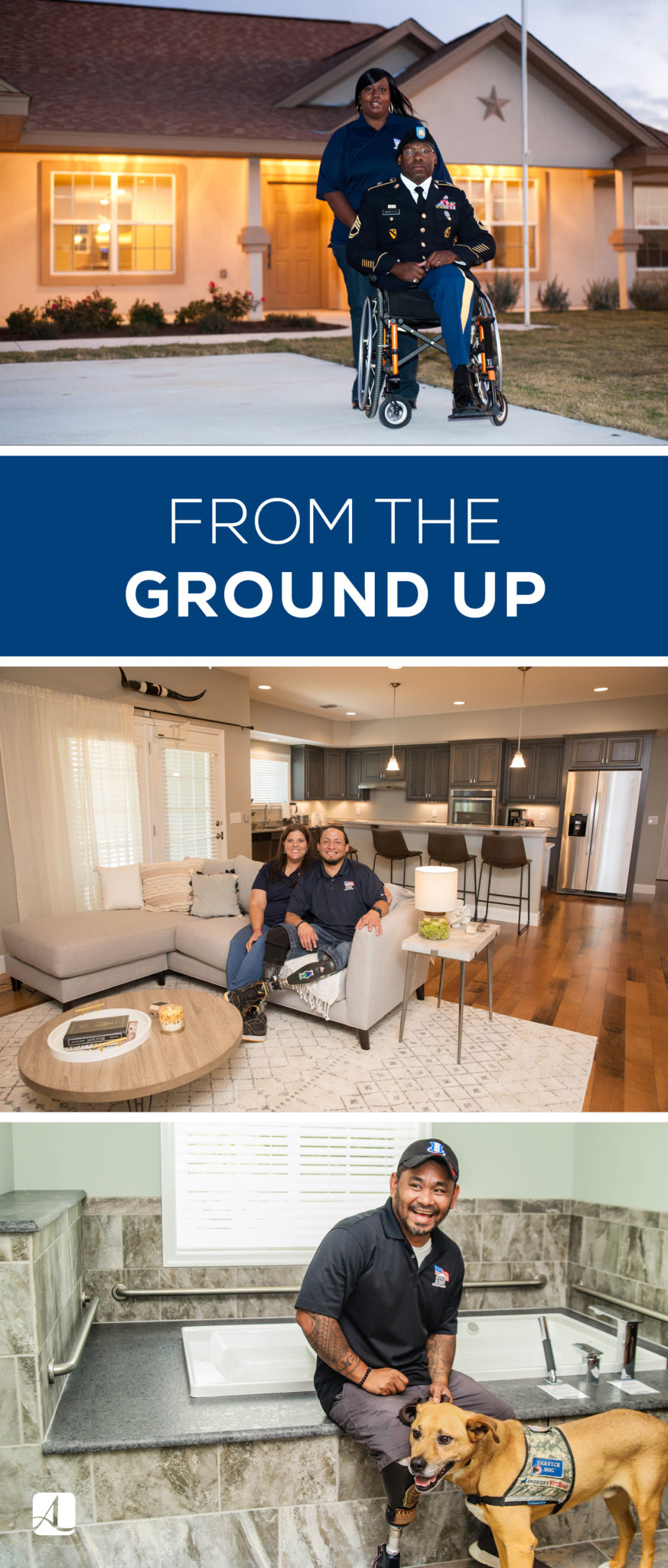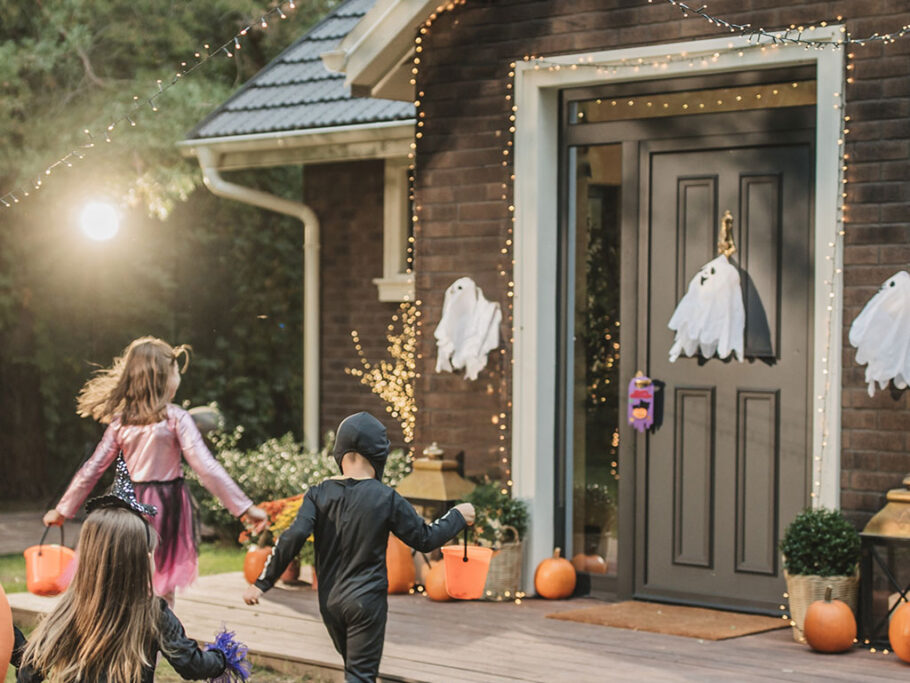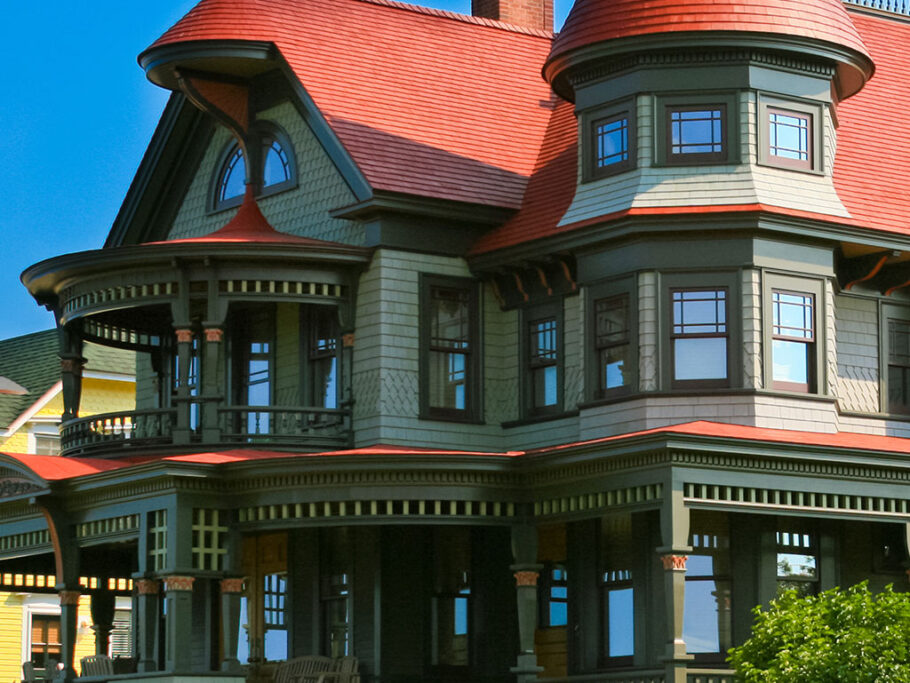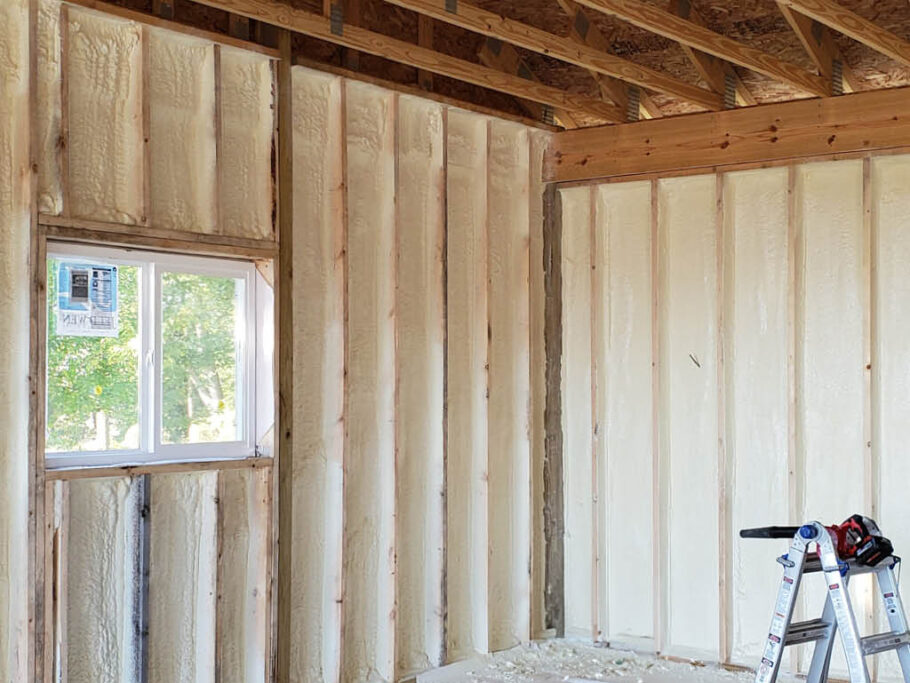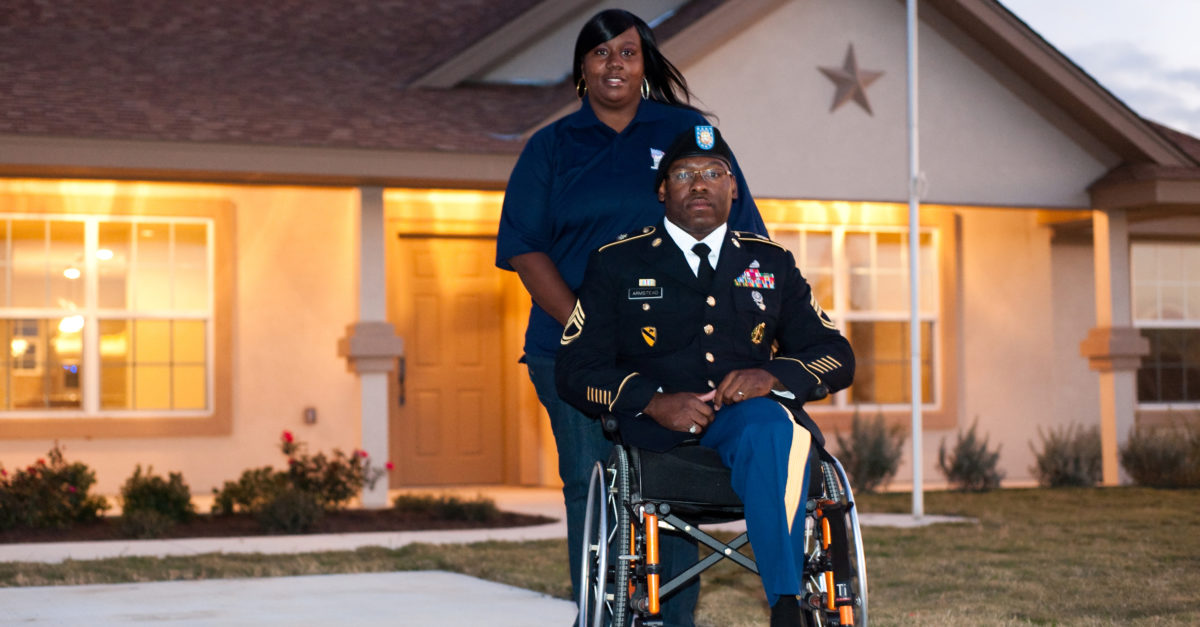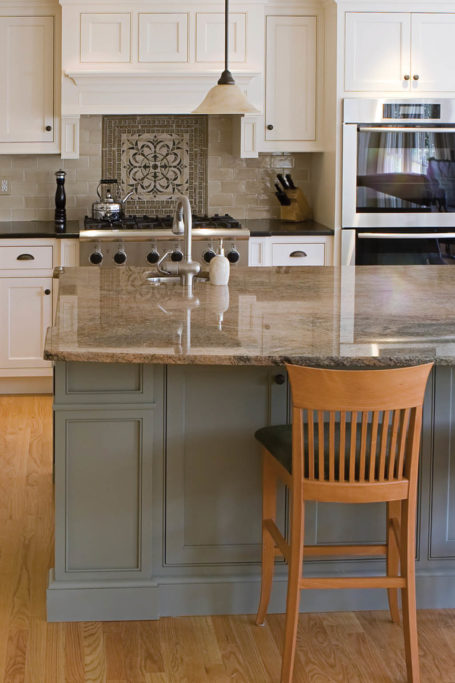From the Ground Up: Homes For Our Troops
Photography by Homes For Our Troops
When Homes For Our Troops (HFOT) was founded in Massachusetts in 2004, it was out of a simple desire to help a severely injured veteran in need of a home. The veteran needed a customized house that had adaptations made to accommodate his life-altering injuries. His only request? For the contractor to continue building homes for other injured veterans once his was finished. Since then, HFOT has continued to grow into a nonprofit organization that truly abides by its mission of “building homes, rebuilding lives.” Homes For Our Troops builds specially adapted homes that help severely injured post-9/11 veterans regain their lives and move forward with a newfound sense of freedom.
Teresa Verity, a marketing associate for HFOT, speaks to the good that this organization does: “By helping injured veterans, we are granting them the ability to enter back into society and focus on the important things—like starting a family, completing a degree, or embarking on a new career— without restrictions.”
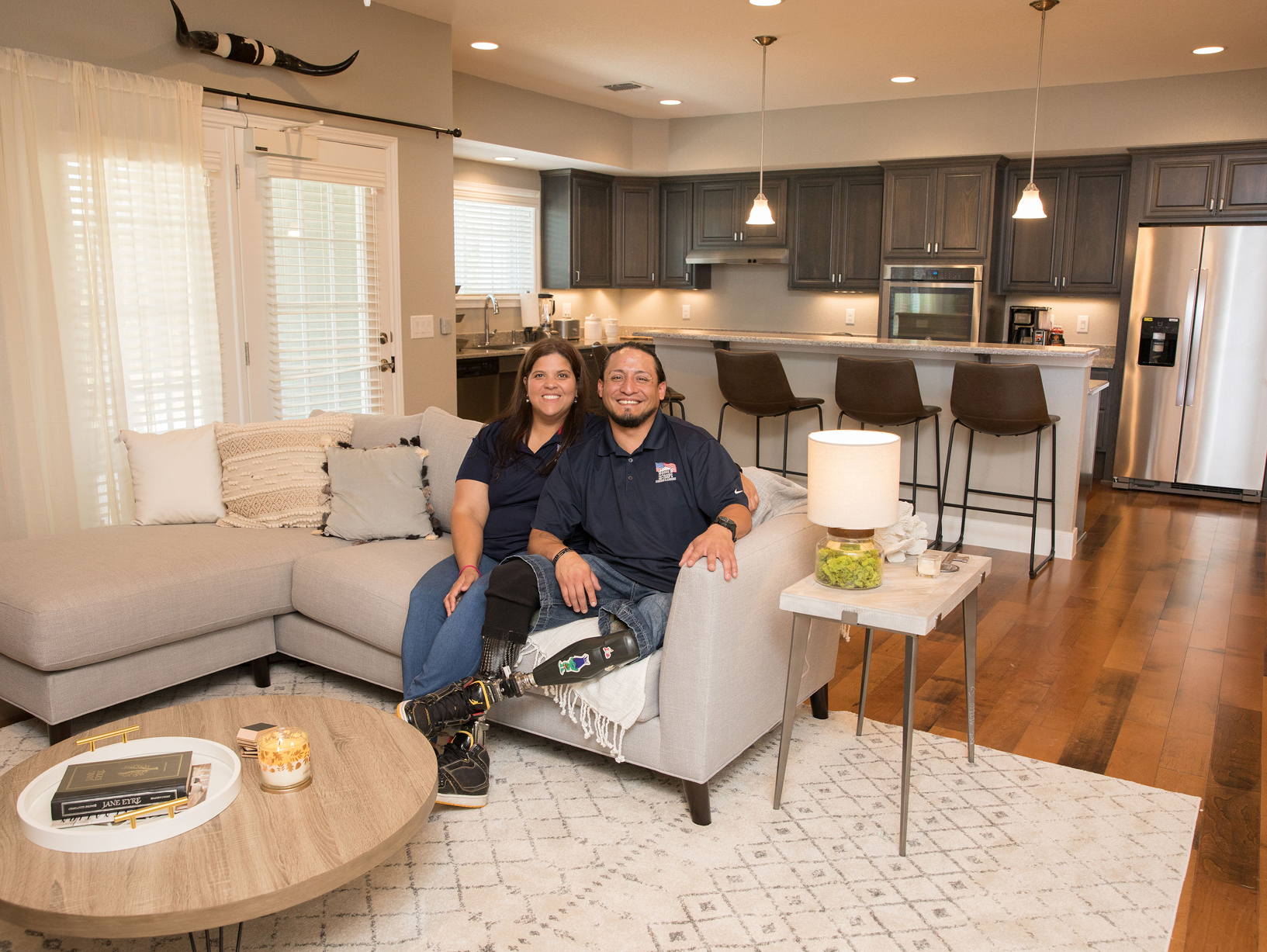
Building Homes
Finding a new path to your goals once your life has changed in such a drastic way can be difficult, and when it seems like there are no resources to guide you, it’s even harder. Homes For Our Troops prides itself on providing the assistance needed for veterans to be independent.
HFOT is a publicly funded charity, with the budget to build its homes coming from donors, foundations, nationwide fundraisers, and various corporations. All homes built by the organization are 2,800-square-foot, four-bedroom, two-bath residences with forty adaptations—including things like wider hallways, automatic doors, hardwood flooring, and lower-height appliances. They are constructed using the highest-quality, most energy-efficient products to keep the utility expenses low. The contractors chosen for each project are ones who specialize in making custom-built homes and are local to the area. HFOT enlists general contractors to supervise the home-building process based on guidelines it has created from years of experience and veteran feedback. There is ultimately no cost to the veteran for the new home (and no future mortgage). This is because if a veteran qualifies for a home, it’s due to them first qualifying for a VA Specially Adapted Housing Grant. Once a veteran meets the requirements to qualify for a home, the building process begins. Toward the end of the qualifying process, the veteran is invited to a Veteran Conference in Massachusetts (where HFOT is based) for a final interview.
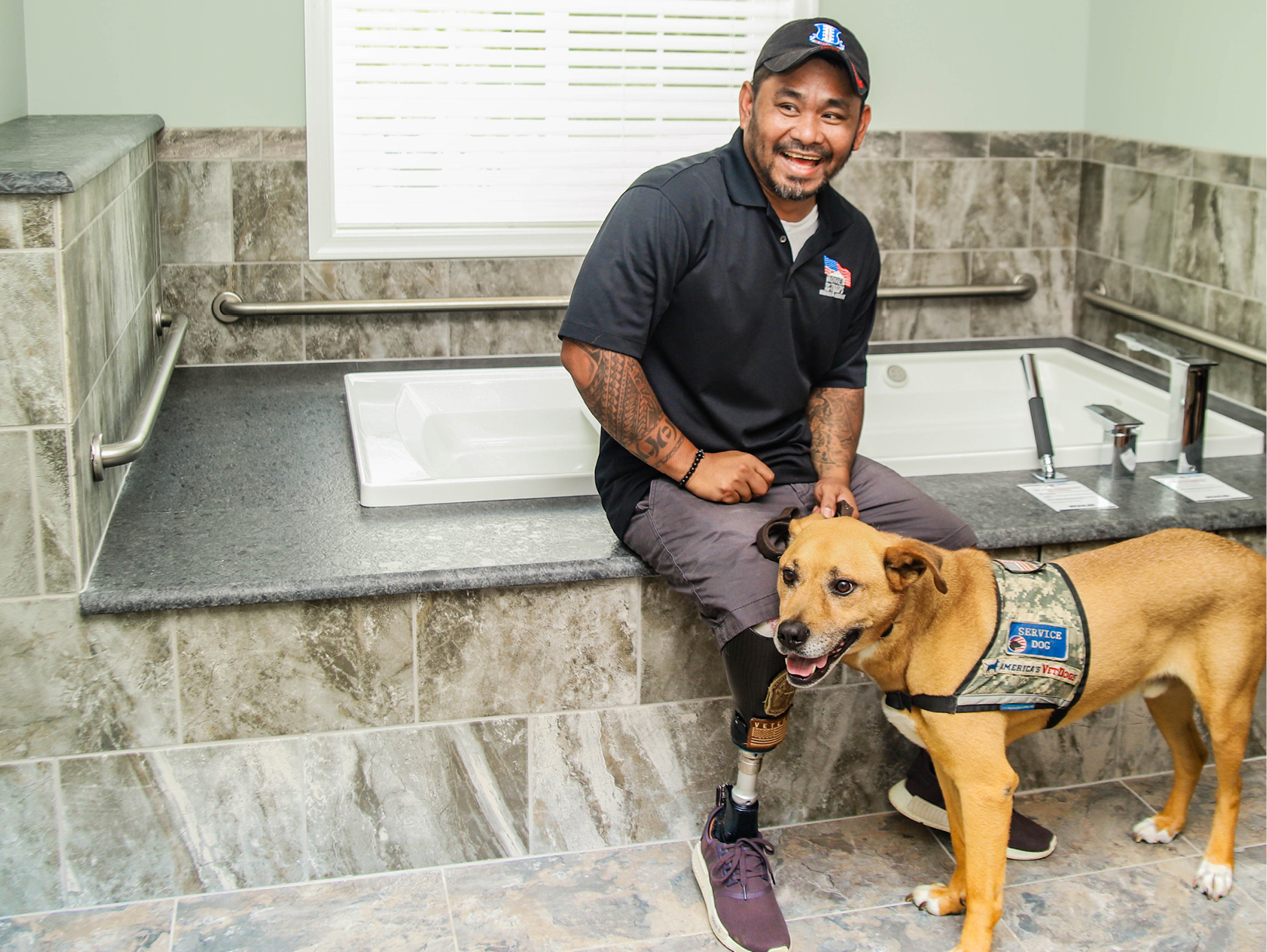
Verity states that construction usually takes anywhere between six to nine months. But the total process, from acceptance into the program to getting the keys to the home, is more like twenty-four to thirty-six months. There are three community events during construction: the Community Kickoff signifies the start of building the home and introduces the veteran to the community; Volunteer Day is an event where the community is invited to help with the landscaping of the home (laying sod, planting trees and flowers, etc.); and, finally, the Key Ceremony “delivers” the home to the veteran.
HFOT has around eighty projects underway nationwide, and it typically completes around twenty to thirty a year. It’s up to the veteran where they want the home to be (with some minor restrictions), but many choose an area that is close to family and coincides with their lifestyle. “Although HFOT is based in Massachusetts, many of our veterans choose to have their homes built in states like Texas, California, and Florida, mainly for the warm weather and access to healthcare,” Verity says. “The metro Washington, DC, area and Colorado are popular as well. In total, we’ve built homes in forty-two states.”
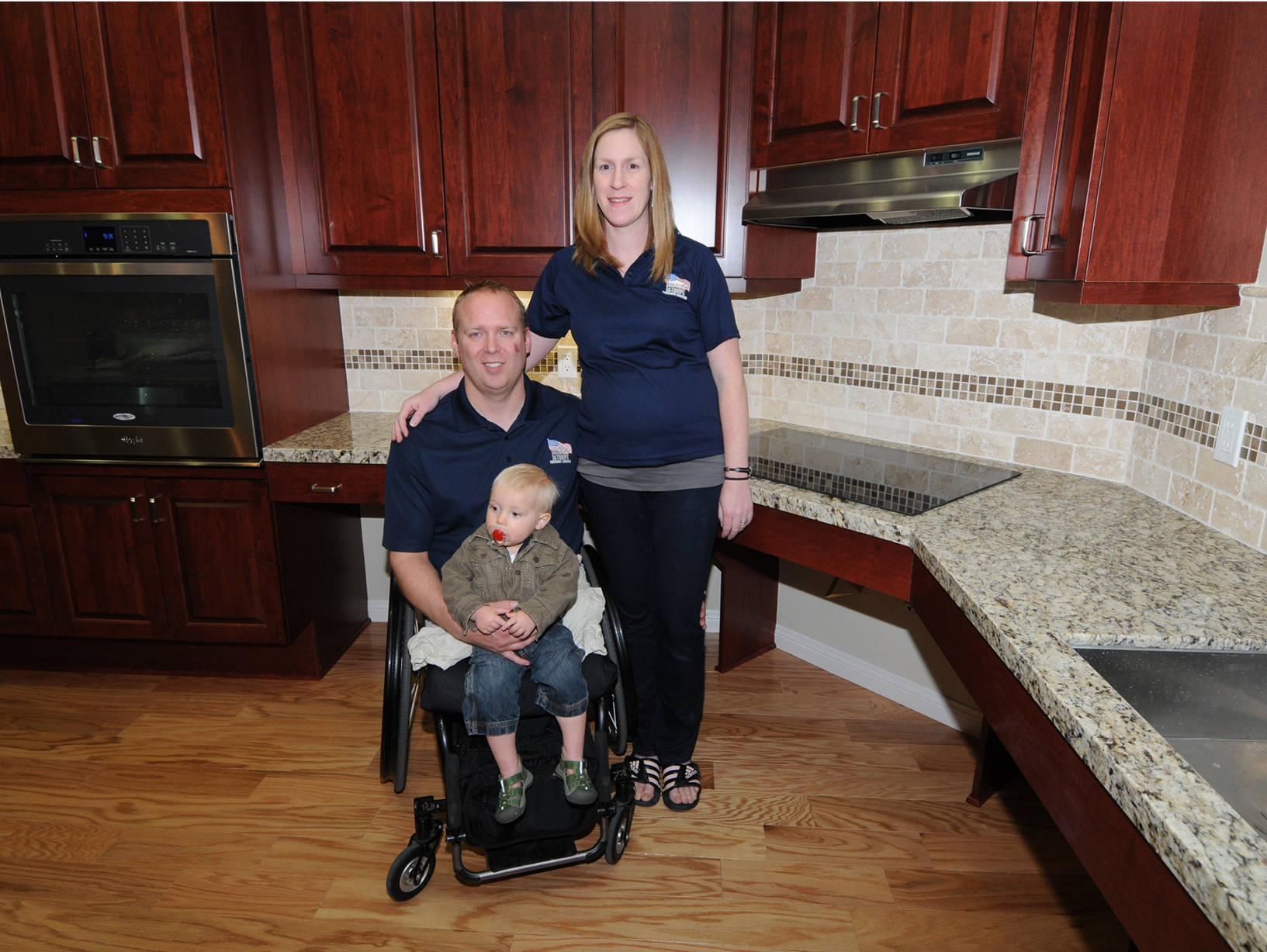
Rebuilding Lives
While the process may start with building a home, it doesn’t end there. HFOT prides itself on providing the assistance needed for veterans to be independent. For example, for three years post-build the organization provides home recipients with a financial planner, who guides them on how to be a successful homeowner. In addition, HFOT has a peer-mentoring program for veterans and their spouses, which was put in place to assist them post-home delivery. Their network of other nonprofits and government organizations is also available to veterans and their families to assist them with employment, education, health care, and other essentials.
Homes For Our Troops also continues to hear from veterans long after they’ve settled into their new environments. Marine Corporal Neil Frustaglio, who had a home built for him in Marion, Texas, says, “An accessible home makes everything easier. All the little and big things that I had trouble with in the past, I no longer worry about. I can do what I need to do as a husband and father, and that means so much to me and my family.”
Statistics support veteran testimonials about the good HFOT has done. In a survey, 69 percent of veterans who received a specially adapted home went on to pursue a degree, as opposed to 12 percent prior to receiving a home. They no longer have to worry about putting in extra effort to accomplish even menial tasks. Veterans are able to heal in a space that has been customized to their needs. And without the mental clutter that would typically come from worrying about their previous environment, they’re able to pursue other goals. The employment rate of veterans who have received HFOT homes also increased from 21 to 35 percent, with veterans able to head back into the workforce with confidence. Many have become motivational speakers, bringing awareness to the mental health struggles veterans may experience after serving.
Through building injured veterans new homes adapted uniquely to fit their needs, Homes For Our Troops is able to give them back their freedom. Veterans are able to set their sights on recovery, rebuilding their lives, and doing what makes them truly happy.
For more info, visit hfotusa.org
